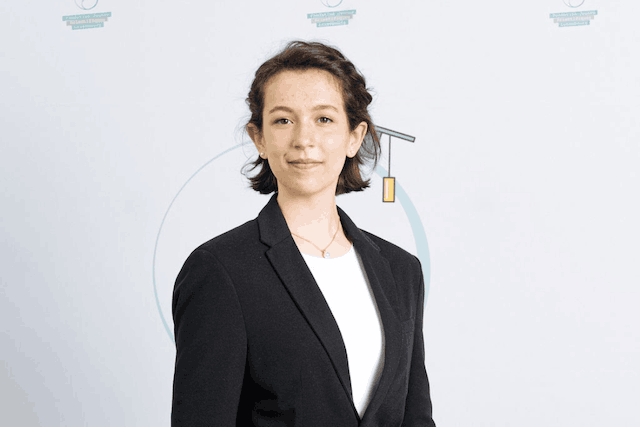Last week was an intense one for the 17-year-old, who competed in this year’s edition of the Regeneron International Science and Engineering Fair (ISEF), hosted by the Washington, D.C.-based outfit Society for Science & the Public.
As Mackel explained, she could be sitting a a two-hour exam in the morning, then participating in ISEF’s evening judging sessions--which ran from 6.00-10.30pm--while preparing for the next exam.
“It was absolutely fascinating to be able to get feedback and to be able to see what I could have done better, see what I could have explored more,” Mackel said about the international competition. “And I love getting that kind of feedback.”
Impact of sulfur dioxide in wine
Although she is modest speaking about the competition, she worked on her project, titled “Efficient sulfur dioxide [SO2] estimate in wide: improvements on the Ripper titration”, on her own over at least 30-50 hours, she estimates, plus more for the submission process.
She already successfully showcased it at the 50th National Jonk Fuerscher contest, hosted by the foundation of young scientists in Luxembourg (FJSL) end-March.
As Mackel explained, “In the traditional winemaking process, [adding sulfur dioxide] has been used since the Roman era, when [they] would burn candles in barrels to coat them with sulfur dioxide, which would allow the wine to age, and it has been used up until now.”
SO2 allows wine to age without rotting and is an antimicrobial agent in winemaking.
Despite its important function, however, she realised something through her chemistry studies at ISL. “The methods used to calculate it, especially for small wineries without access to the more expensive and high-scale technologies, were known to be really, really inaccurate.”
Mackel was aware of inaccuracies in the Ripper method, originally developed in 1898, and her investigation sought to better understand whether it was reliable for white wine. Part of her research project was hands-on: she experimented with a bottle of Moselle Elbling white wine produced by Les Vignerons de la Moselle, asking the company how much sulfur dioxide they use, looking at decay over time, from which she developed theoretical values which were refined through experimentation.
For her project and experiment, “I tried to devise it to see if it had any industrial value, or any actual application in the winemaking process,” she explained. Improving such methods “in essence would allow the wine to remain a lot safer, and there would be less danger related to its storage, its aging process, and especially its taste, because usually the amount of sulfur dioxide has to be really well balanced. Too much ruins the taste, and with too little it just rots.”
Future looking
While awaiting the results of the ISEF competition, she told Delano she hopes the Luxembourg wine institute will also take an interest in her project. Given the fact that some people have SO2 allergies, she also says she would be interested in learning more about how certain brands are producing wines without it, so there is room for further exploration.
Mackel hopes to go into medicine in future, although she hasn’t yet decided whether she will go into clinical practice or another area.
